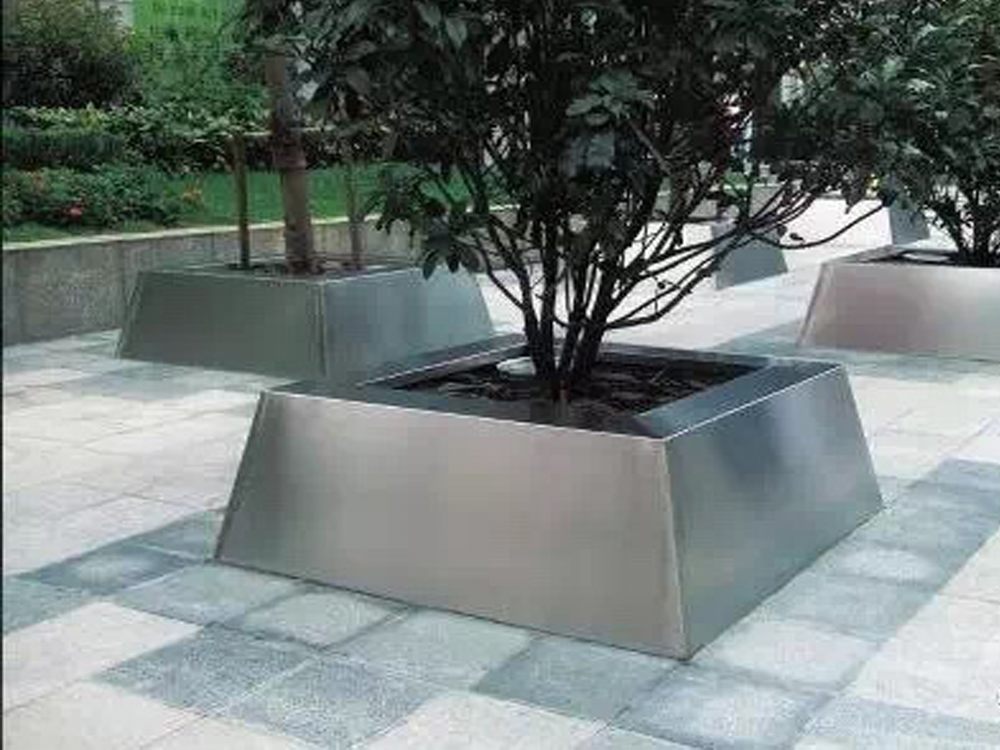
Stone relief sculptures have captivated audiences for centuries with their ability to convey depth and dimension on a flat surface. Artists employ a variety of techniques to create this illusion of perspective, transforming rigid stone into dynamic storytelling mediums.
One primary method is layering, where sculptors carve deeper grooves for foreground elements and shallower cuts for background details. This mimics how objects appear smaller and less defined in the distance. The gradation of depth tricks the eye into perceiving three-dimensional space.
Another technique involves size scaling, where figures or objects meant to appear closer are carved larger, while those in the background are proportionally smaller. This principle, borrowed from painting, enhances the sense of spatial recession.
Overlapping elements also play a crucial role. By strategically placing one figure partially behind another, sculptors create a sense of depth and hierarchy within the composition. Shadows cast by angled lighting further accentuate these overlaps, adding realism.
Finally, texture variation helps distinguish planes. Foreground details are often polished smooth or intricately detailed, while background areas remain rougher or less defined. This contrast reinforces the illusion of distance.
Mastering these techniques allows artists to breathe life into stone, turning flat surfaces into vivid, layered narratives that stand the test of time.

